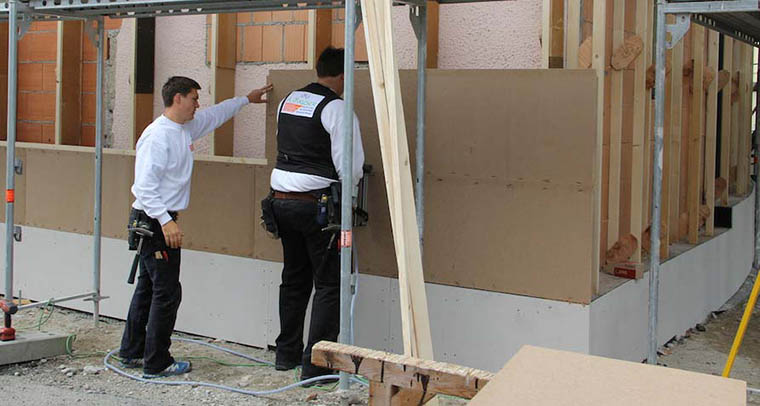
An architectural design can be as grand as you would like it to be, but without a matching building or structural design it is worthless. Many different areas of construction come together here: architecture/aesthetics, building material properties, building science (e.g. thermal insulation, sound insulation, and fire insulation), building biology, structural engineering, mechanical systems, building costs, building regulations, and others. This is why it is so important to design buildings in a holistic way by optimizing the whole through optimizing the many different design parameters instead of focusing on a few select individual criteria.
In this Building Biology Course, building professionals can find information to help them design better buildings by incorporating building biology criteria. Nonprofessionals tend to be quickly overwhelmed. However, to foster interdisciplinary cooperation, they can familiarize themselves with the various topics so they can communicate with building professionals and recognize when design suggestions by building material suppliers or planners/contractors are in need of improvement from a building biology perspective.